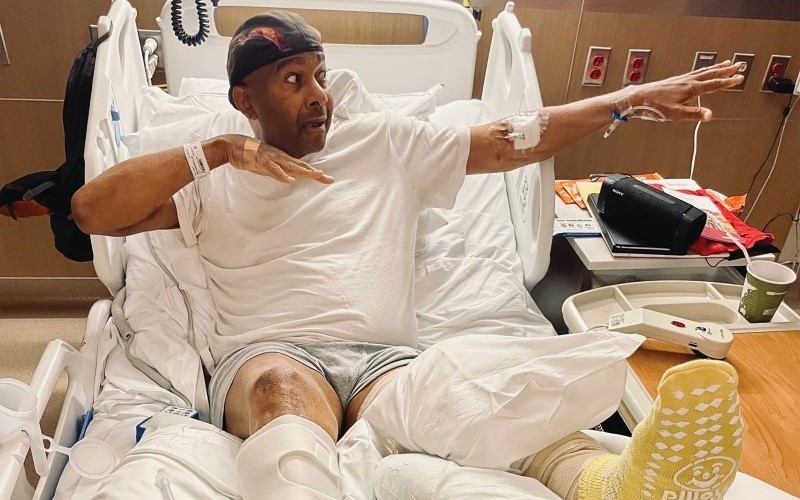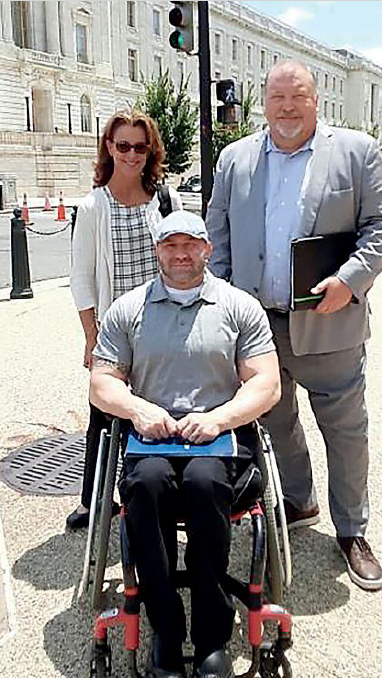Menu
These individuals have persevered their circumstances and leveraged home infusion to maintain independence, activity, and normalcy during treatment. We are grateful to be able to share these stories so others can understand what home infusion looks like through the eyes of those receiving treatment, what it means to them and how it has been a part of their often incredible journeys.
If you or someone you know would like to share a personal experience with home infusion therapy, please reach out to communications@nhia.org.
“Home infusion was so much more comfortable, and it wasn’t a drag on my life. I would recommend it to anyone.”
Sonny Smith

With this confidence, I knew I could go to college and chase my dreams while managing my healthcare away from home.
Savannah Cooper

I’ve been able to live the way I live because of the teams. It really does take a village in health care. Everyone works together for the patient. It matters what each person does because if any one part doesn’t work right, the whole thing doesn’t work.
Luccas Borges

My pharmacist and dietitian take really good care of me—they call every week to check on my progress and my supplies. We’ve built a rapport. And they do a great job of communicating with my doctor and the home care company. I was even able to transfer my care to the home infusion company’s office in Virginia when I went to visit my daughter for a few weeks.
Amanda

l would like for the kind of thing that happened to me not to happen to other people—especially those people who don’t know that they can fight, or don’t know how.
Shane Bare

As my condition improved, I was able to resume normal activities and just integrate the administration into my routine. Going somewhere everyday would have been much more disruptive and traumatic. Home infusion makes a lot of sense.
Jusup

The views expressed herein are solely the views of the individual and are not necessarily representative of NHIA or the home infusion community.
| Cookie | Duration | Description |
|---|---|---|
| cookielawinfo-checbox-analytics | 11 months | This cookie is set by GDPR Cookie Consent plugin. The cookie is used to store the user consent for the cookies in the category "Analytics". |
| cookielawinfo-checbox-functional | 11 months | The cookie is set by GDPR cookie consent to record the user consent for the cookies in the category "Functional". |
| cookielawinfo-checbox-others | 11 months | This cookie is set by GDPR Cookie Consent plugin. The cookie is used to store the user consent for the cookies in the category "Other. |
| cookielawinfo-checkbox-necessary | 11 months | This cookie is set by GDPR Cookie Consent plugin. The cookies is used to store the user consent for the cookies in the category "Necessary". |
| cookielawinfo-checkbox-performance | 11 months | This cookie is set by GDPR Cookie Consent plugin. The cookie is used to store the user consent for the cookies in the category "Performance". |
| viewed_cookie_policy | 11 months | The cookie is set by the GDPR Cookie Consent plugin and is used to store whether or not user has consented to the use of cookies. It does not store any personal data. |